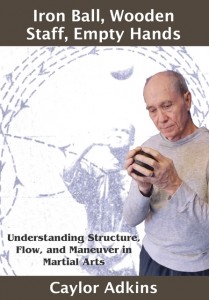Daimonic Reality
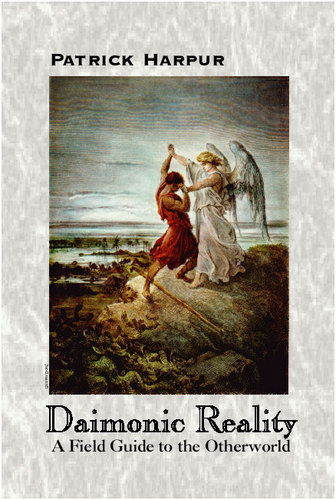
Patrick Harpur discusses his brilliant look at the phenomena the mystify us, bringing together diverse areas such as fairies and UFOs, crop circles and skeptics, devils, angels, shamans, and witches. This is a wonderful book for those of you who are looking for more than another list of haunted houses or mundane ghostly tales.
Harpur says that we do not live in a purely physical reality, as many Western scientist would have us believe. Instead there is another side to our lives that Harpur calls daimonic reality. It makes room for many of the things that we know exist, but choose to ignore because we have been told they are “impossible.” Putting the two realities together will make our world whole again and let us move on toward deeper understanding of the events Harpur calls daimonic.
Harpur weaves his thesis with wit and ingenuity, combining ideas of Carl Jung, the Gnostics, the Romantic poets and writers with his own insights to show us what is possible if we allow ourselves to experience our world daimonically.
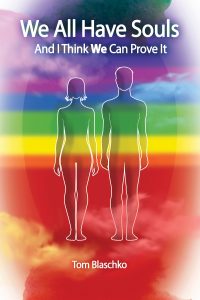 We are connected, one to another, in ways that the physical world can’t explain. We often know when someone is staring at us. Enough children remember previous lives to suggest reincarnation happens sometimes. People see ghosts and angels. Mothers save children by lifting cars off them. St. Teresa of Avila floated in the air in full view of dozens of witnesses. They usually could hold her down, but not always.
We are connected, one to another, in ways that the physical world can’t explain. We often know when someone is staring at us. Enough children remember previous lives to suggest reincarnation happens sometimes. People see ghosts and angels. Mothers save children by lifting cars off them. St. Teresa of Avila floated in the air in full view of dozens of witnesses. They usually could hold her down, but not always.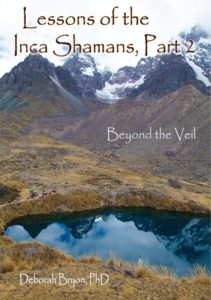 In Lessons of the Inca Shamans, Part 2: Beyond the Veil, Deborah Bryon continues the story of her personal journey which led her to the mountains of Peru to study under the indigenous Inca shamans. Descendants of the original medicine people of the Andes, the shamans are guided by an ancient prophecy to pass on their central teachings of the interconnectedness of all creatures (ordinary and spiritual) and our connection with Pachamama (Mother Earth).
In Lessons of the Inca Shamans, Part 2: Beyond the Veil, Deborah Bryon continues the story of her personal journey which led her to the mountains of Peru to study under the indigenous Inca shamans. Descendants of the original medicine people of the Andes, the shamans are guided by an ancient prophecy to pass on their central teachings of the interconnectedness of all creatures (ordinary and spiritual) and our connection with Pachamama (Mother Earth).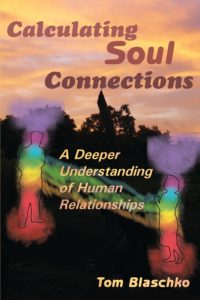
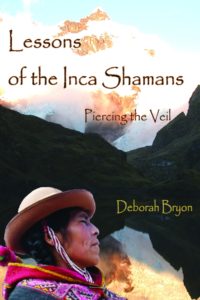 The journey began by working with Amaru the powerful snake of the lower world. It continued with Chocachinchi the commanding jaguar of the middle world and Apucheen the great condor of the upper world The Q’ero shamans connect to these beings with soul regions in the Belly, Heart, and Mind.
The journey began by working with Amaru the powerful snake of the lower world. It continued with Chocachinchi the commanding jaguar of the middle world and Apucheen the great condor of the upper world The Q’ero shamans connect to these beings with soul regions in the Belly, Heart, and Mind. The book is focused toward beginning students of Shotokan—Ohshima Karate. It covers basic history, how to acquire the proper attitude toward practice, and karate’s foundational structure. Proper forms of the hand, striking, kicking, and blocking are addressed. Forms (katas) and sparring or fighting (kumite) are explained at a level appropriate for the beginning student.
The book is focused toward beginning students of Shotokan—Ohshima Karate. It covers basic history, how to acquire the proper attitude toward practice, and karate’s foundational structure. Proper forms of the hand, striking, kicking, and blocking are addressed. Forms (katas) and sparring or fighting (kumite) are explained at a level appropriate for the beginning student.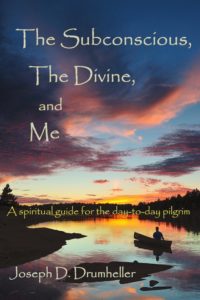 The Subconscious, the Divine, and Me provides an honest, accessible, and practical guide into deeply connecting with yourself and the Divine. It’s filled with lots of great exercises to jumpstart your spiritual journey, especially for beginners.
The Subconscious, the Divine, and Me provides an honest, accessible, and practical guide into deeply connecting with yourself and the Divine. It’s filled with lots of great exercises to jumpstart your spiritual journey, especially for beginners.